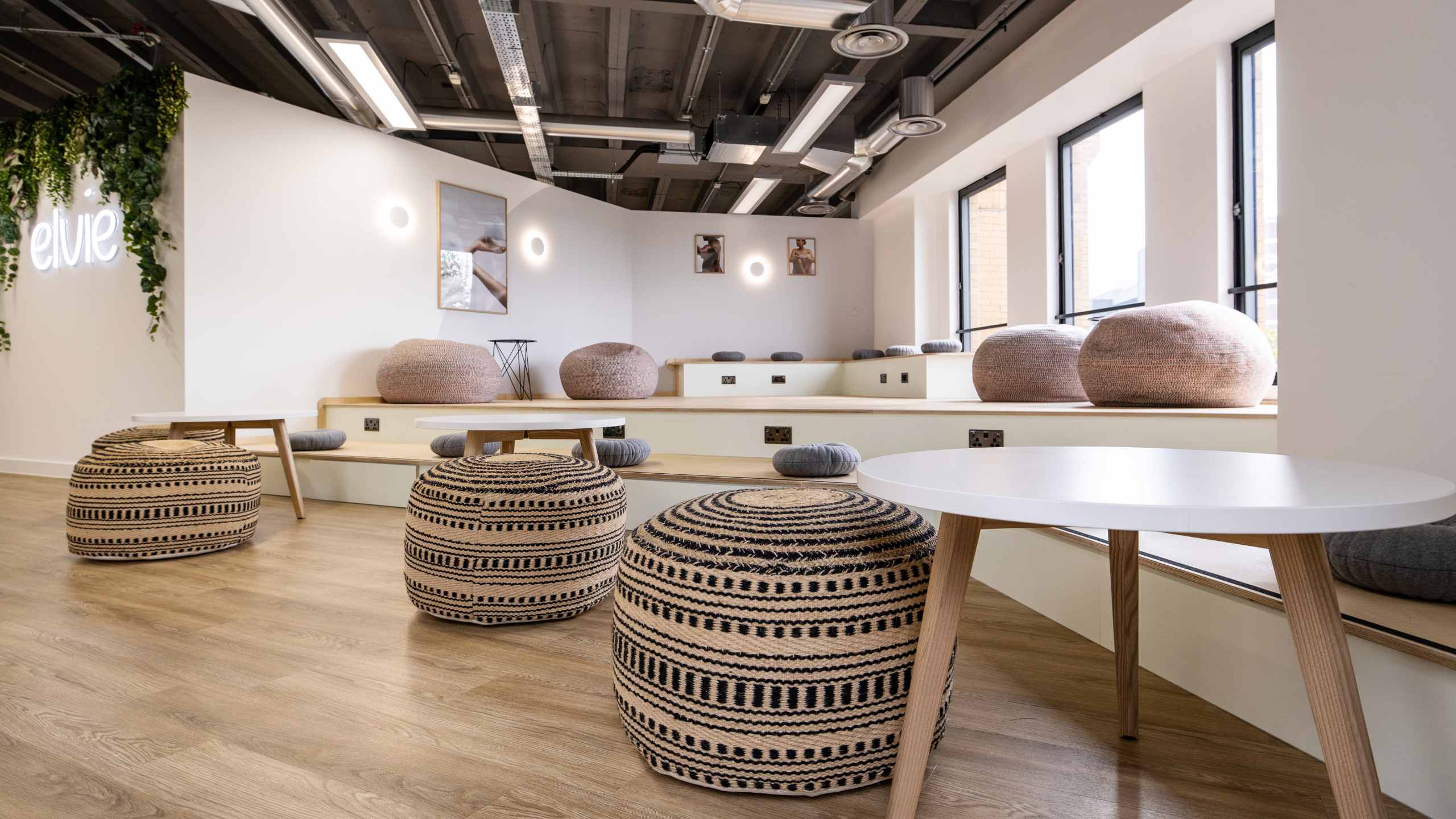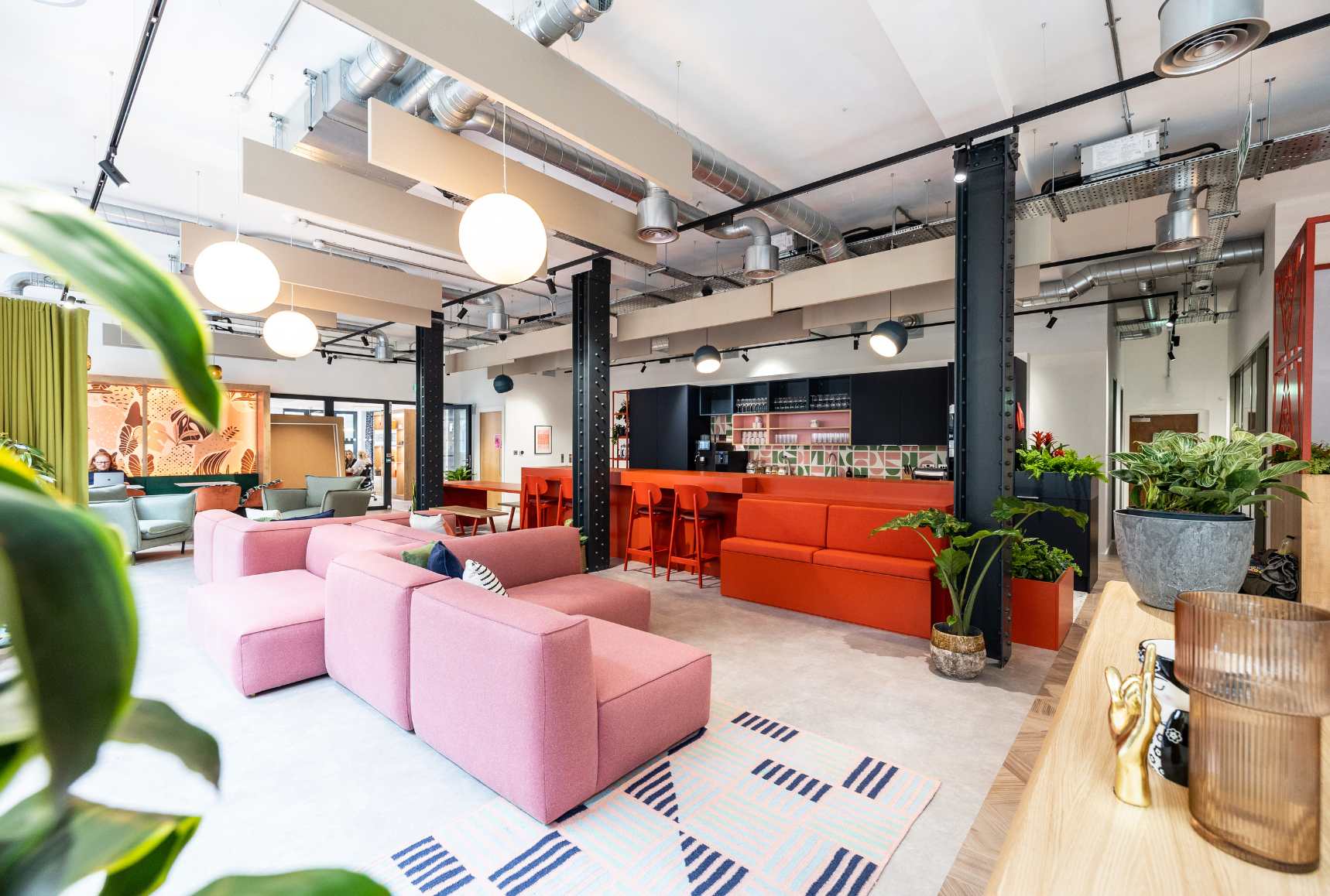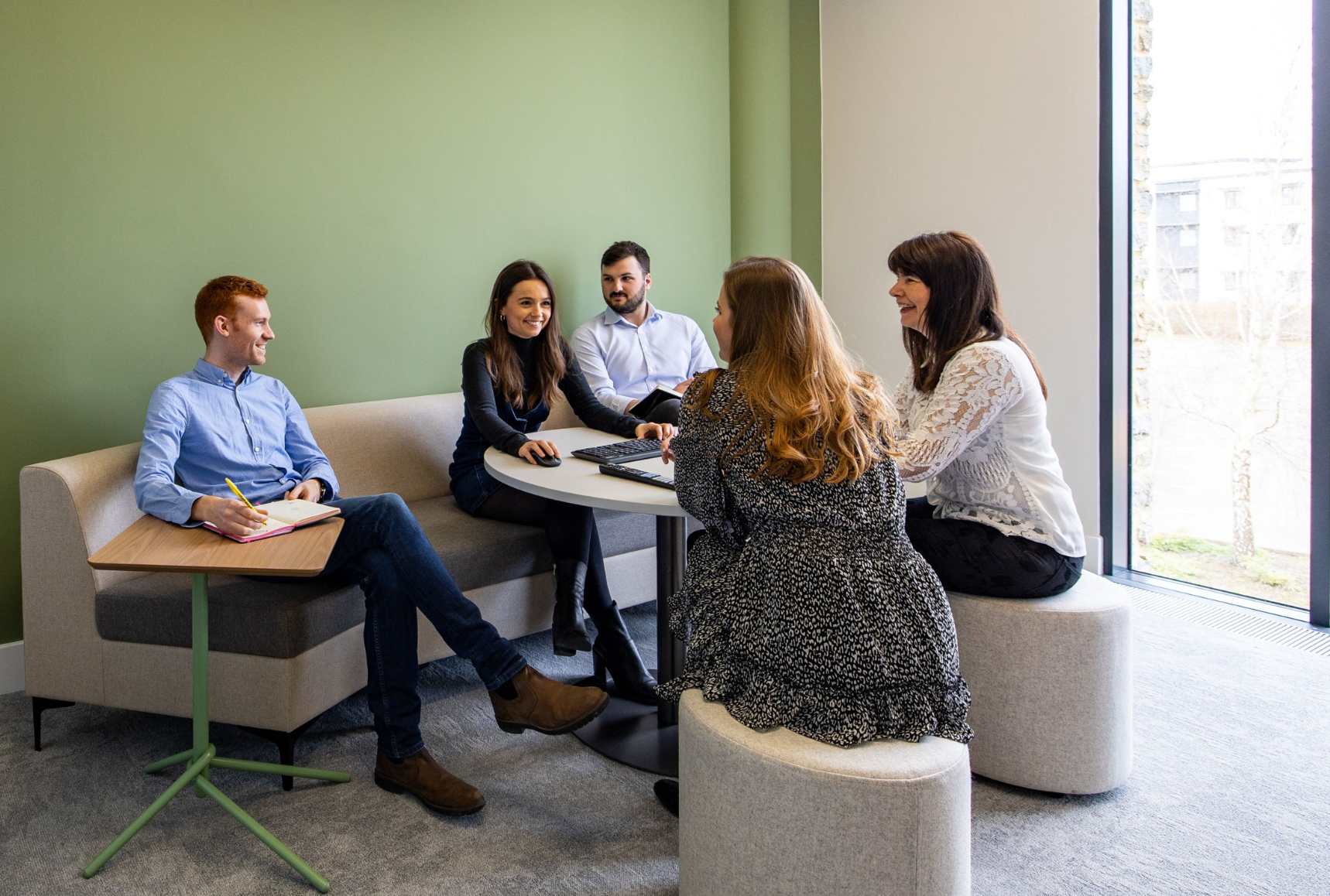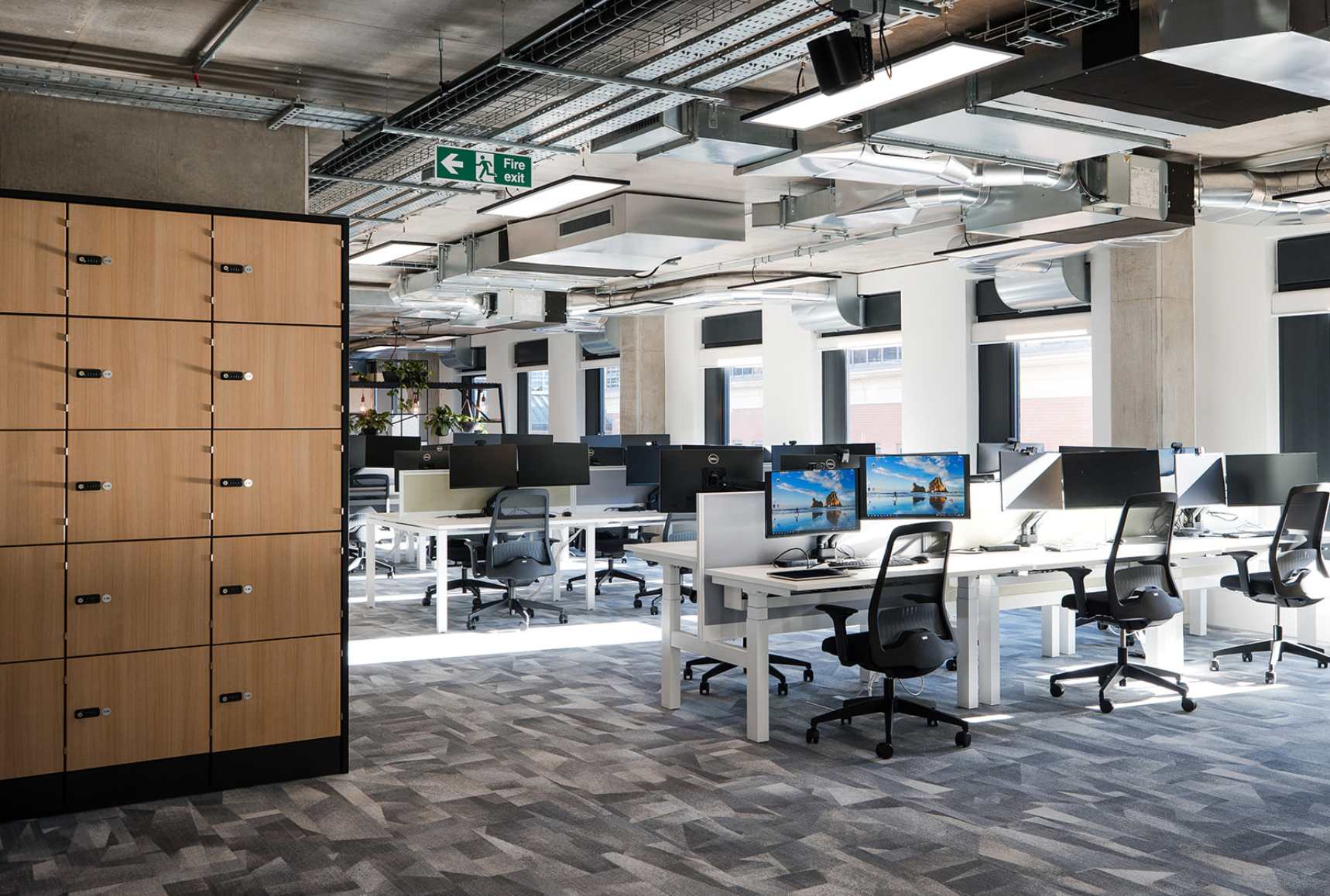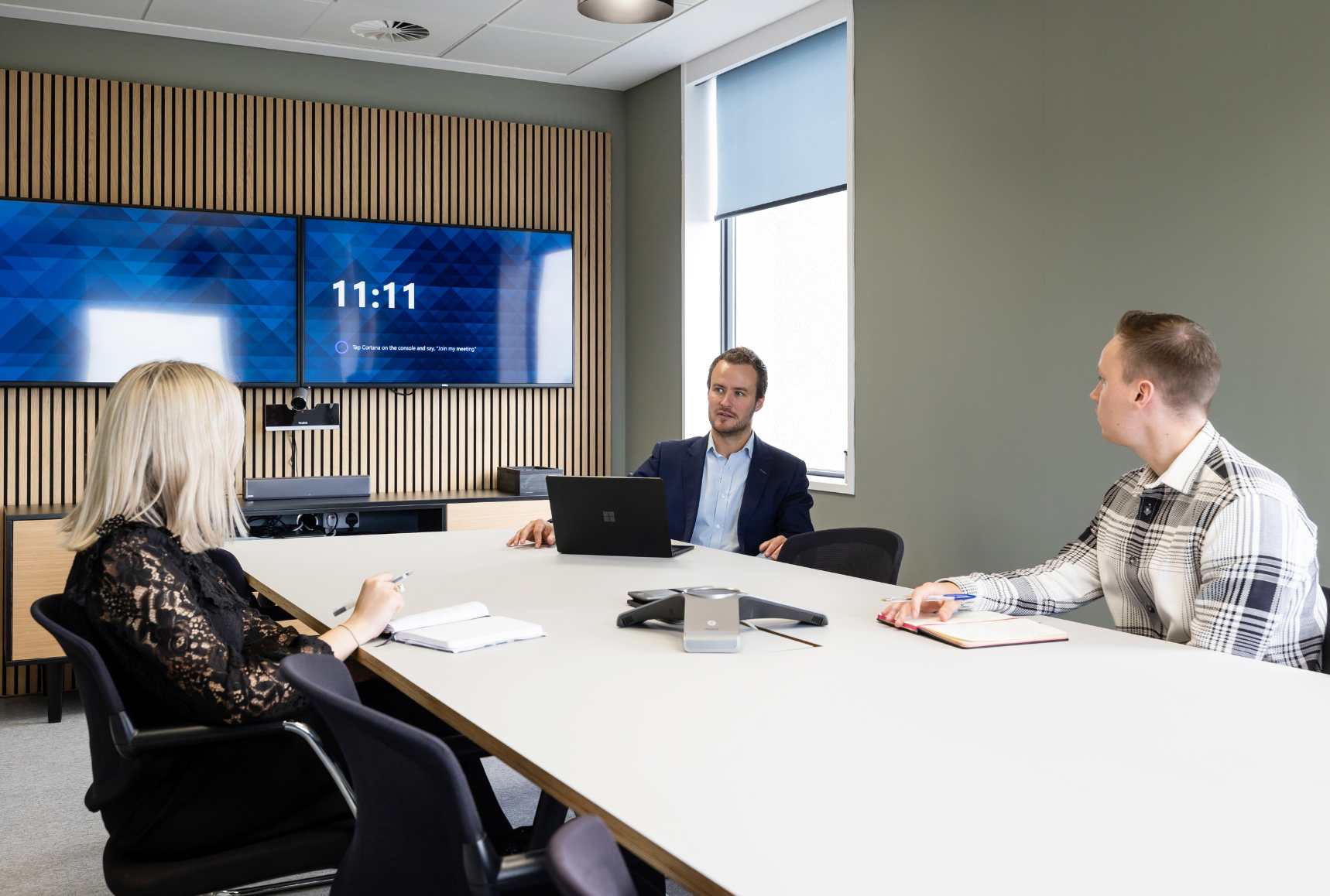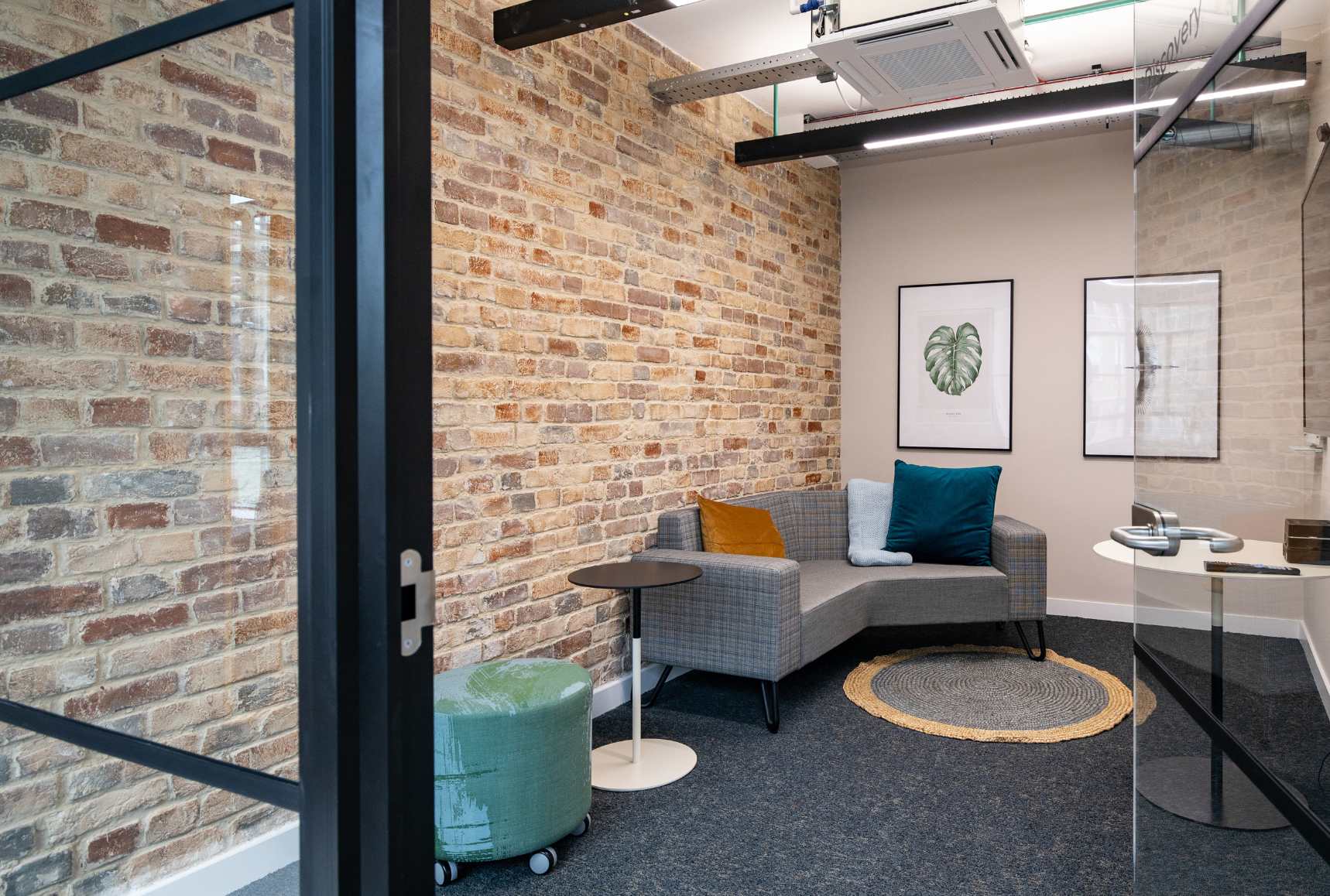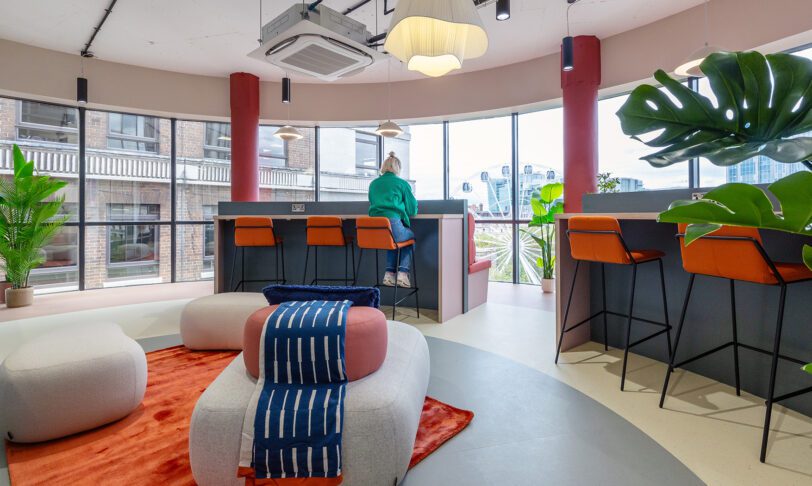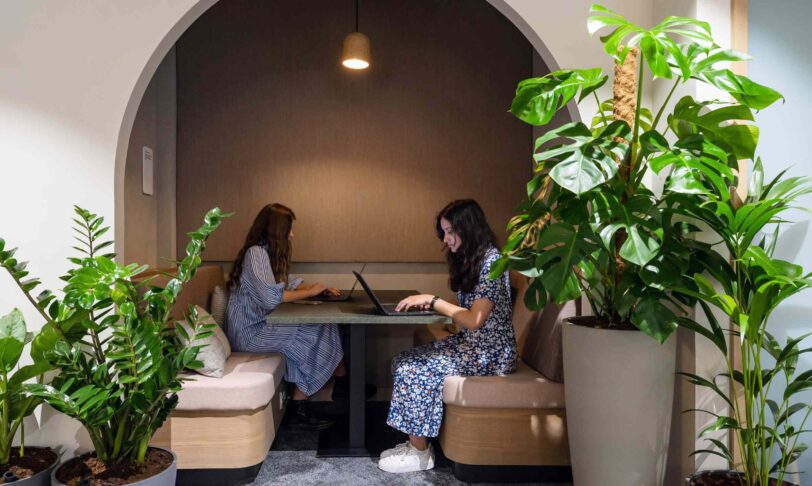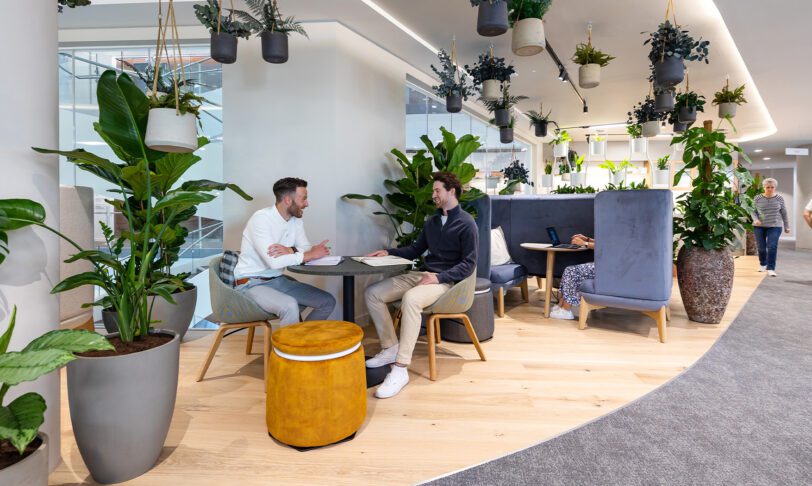How can you design an agile office space?
Anyone who’s spent a few minutes on LinkedIn has probably encountered the word ‘agile’. It’s a word that’s been used in so many different contexts that it’s almost unrecognisable from the original definition.
Agile with a capital ‘A’ was primarily associated with a specific project management methodology that allowed software developers to work iteratively and in rapid response to change. Nowadays, agile will often refer to a broader range of concepts associated with flexible and dynamic working (much to the chagrin of some purists).
Agile working is based on the idea that teams should be able to respond quickly to meet different challenges. Agile practices promote adaptability, self-organisation, collaboration and mutual respect between team members. They encourage employees to work together on a more equal footing so ideas can be shared freely and solutions can be found more quickly. It makes sense then that the core tenets of agile working can inspire contemporary office design – which will be the main focus of this guide.
How has an agile approach to work become commonplace?
Over the last few years it’s only become more apparent that, when given space to collaborate and the autonomy of flexible working, people can maintain consistently high standards in the face of sudden change. This has undoubtedly been facilitated by technological advances such as video conferencing and cloud computing. While it hasn’t necessarily been by choice, many companies have naturally begun to embrace agile ways of working.
Is there a difference between agile and flexible working?
Yes, although the terms are often used interchangeably, there is a distinct difference between agile and flexible working. Flexible working refers to different ways of structuring a person’s working hours, such as allowing them to work from home or adjust their starting and finishing times. On the other hand, agile working goes beyond this and focuses on creating an environment that encourages collaboration between team members regardless of their location or schedule.
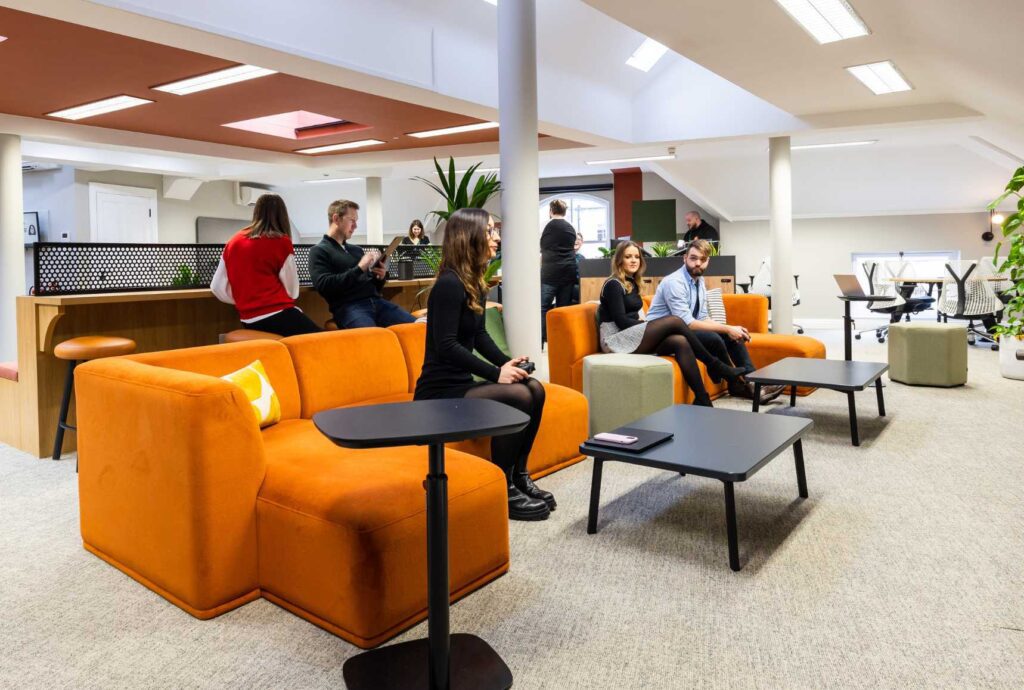
What are the benefits of agile working?
Broadly speaking, an agile approach means teams aren’t shackled to processes that limit the capacity to respond to change. When new challenges or opportunities arise, these can be incorporated into an ongoing series of short iterations. Agile working also embraces the fact that people work in different ways, allowing them to flourish as unique individuals rather than attempting to force a square peg into a round hole. If you’re intrigued by the prospect of designing an agile office space, these benefits will allow you to make a business case that few can deny:
Does agile working enhance collaboration?
Agile workspaces are designed to encourage communication and give people more freedom when it comes to deciding how they want to work. With this kind of flexibility, teams can come together quickly to solve problems or brainstorm ideas without having to be curtailed by vexatious bureaucracy or rigid workplace structures.
Can agile working improve productivity?
Some people worry that traditional definitions of productivity can be dehumanising, framing employees simply as resources to be utilised. That’s why we define productivity as people reaching their full potential – maintaining high standards but also an enriching work-life balance.
In 2016, it was estimated by BPS World that 67% of agile businesses report substantial boosts in productivity. This is often because an agile approach gives people full control and flexibility over how they complete their respective tasks. The study went on to find that productivity was boosted by up to 20% by agile design. If you want to learn more, feel free to check out our guide to office design and productivity, or perhaps our article where we dive into contemporary definitions of productivity.
Could agile working increase employee retention?
An agile workplace provides an attractive alternative to traditional office spaces. Research has shown that by allowing people greater autonomy in how they work, businesses may benefit from improved employee engagement, which is linked to lower rates of staff turnover. This is particularly beneficial for employees who are at the start of their career or seeking change, as they are more likely to be looking for an environment where they can thrive, without feeling restricted or boxed in by rigid rules or regulations.
Are agile workspaces more efficient?
When designed correctly, an agile office will optimise all available space. By allowing people to work in different ways and spaces (more on this shortly…) the office can be adapted and changed as needed. This makes it easier for teams to work together without having their productivity disrupted by overcrowding or obstacles. Additionally, fewer physical resources are required as teams become more mobile and self-sufficient.
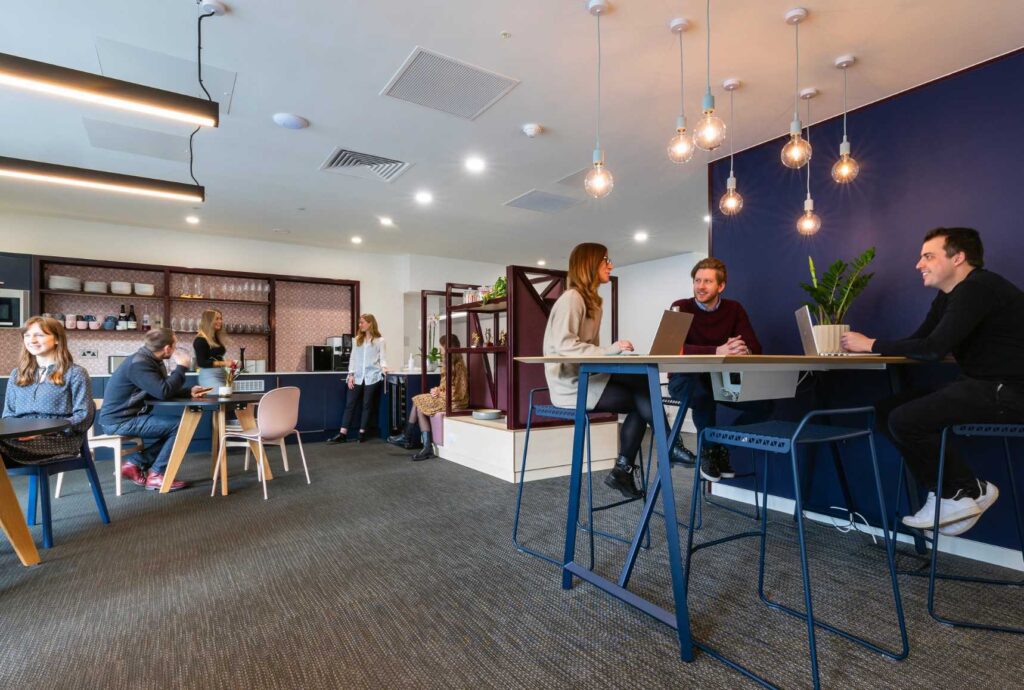
What are some of the key features of an agile office space?
There’s no set template to creating an agile office. After all, an agile approach centres around the idea that every organisation is different. Your business’s unique goals and objectives need to be at the heart of your workplace strategy if it’s to have any longevity. Having said that, there are several broad themes or common features that you will likely encounter, and it’s up to you which ones you think will have the greatest impact:
Hot-desking for flexibility
A key component to any self-proclaimed agile workspace, hot-desking enables teams to easily switch between work areas based on what is needed at any specific moment. This means businesses can create dynamic spaces, tailor their environment to suit their needs and preferences, and support any number of employees in a specific area without the need to assign individual desks or workspaces.
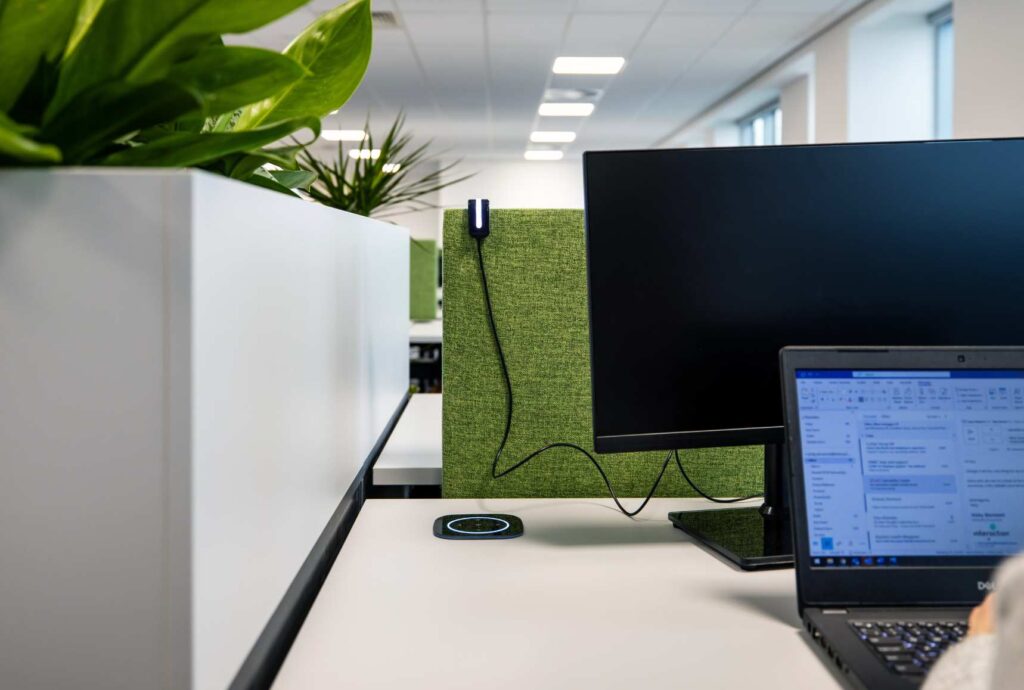
Breakout spaces and dedicated quiet zones
One of the key goals of an agile workplace is to facilitate collaboration between team members. This theme has been apparent throughout this article, but it’s worth repeating. Breakout spaces offer dedicated areas that are distraction-free and perfect for brainstorming or group meetings. The furniture chosen should be comfortable yet practical and should allow for different group sizes and configurations.
And now for the other side of the coin. It’s just as important for agile offices to have areas where people can lock down to focus on the task at hand. Whether it’s soundproof booths or individual pods, employees need areas where they can concentrate without being interrupted. An important thing to consider is that there should still be a high level of natural light in these areas, not to mention good ventilation. After all, no-one is going to be concentrating in a solo pod that also doubles as a sweatbox!
Adaptable workplaces for inclusivity
An agile approach acknowledges the potential for change, so workspaces should be designed with every possible need in mind. For example, it’s important to consider the requirements of disabled or visually-impaired employees, as well as those with reduced mobility. Adaptable workspaces can help to ensure that all employees feel comfortable and included in the workplace. This might include adjustable desks, staircases or ramps for wheelchair access, custom lighting for people who may experience sensory overload and other features such as voice-activated technology.
Spaces designed for hybrid meetings, VR and metaverse
Agile workspaces must be designed with emerging technologies and future innovations in mind. For example, meeting rooms should be equipped with high-speed internet connections and advanced communication systems to allow remote workers to join virtual meetings. Additionally, virtual and augmented reality innovations such as metaverse can enrich the employee experience. If you’d like to know more about metaverse and want to hear our take on it, why not download our guide to working in the metaverse?
Creating an agile workplace with Interaction
At Interaction, we create best-in-class modern workspaces that perfectly encapsulate our clients’ goals and values. Here are a few examples of how we turned agile workspace strategies into fully-realised destination offices:
Fidelius, Bath Quays
Our team of workplace strategists teamed up with Fidelius to help them create an agile working model. Once we settled all the final details, we set to work stripping out the old static desks and replacing them with hot desks and collaborative spaces that can be reserved with a smart booking system. We also implemented plug and play focus rooms, where employees can connect as part of a hybrid working model.
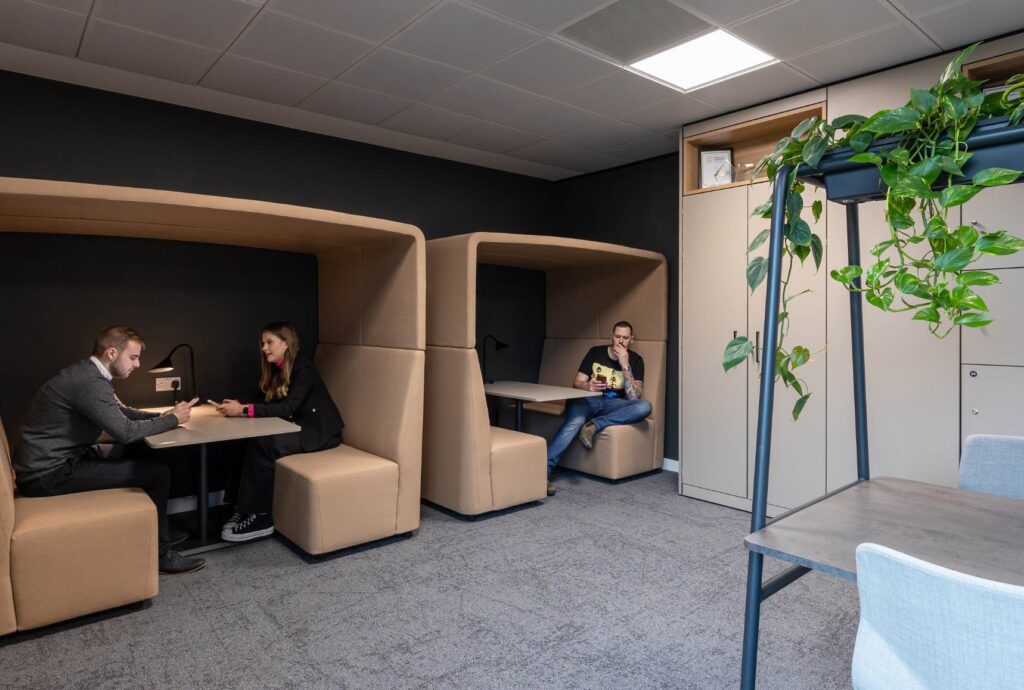
Bishop Fleming
Bishop Fleming were seeking a new flagship office that acted as a destination for employees across Bath and Bristol and accommodated agile working. Employees were directly approached to ask about their attitudes and preferences regarding how the new office could best support them. This culminated in an exciting, people-focused office with multiple breakout spaces and flexible zones for various styles of hybrid working, presentations and even socialising.
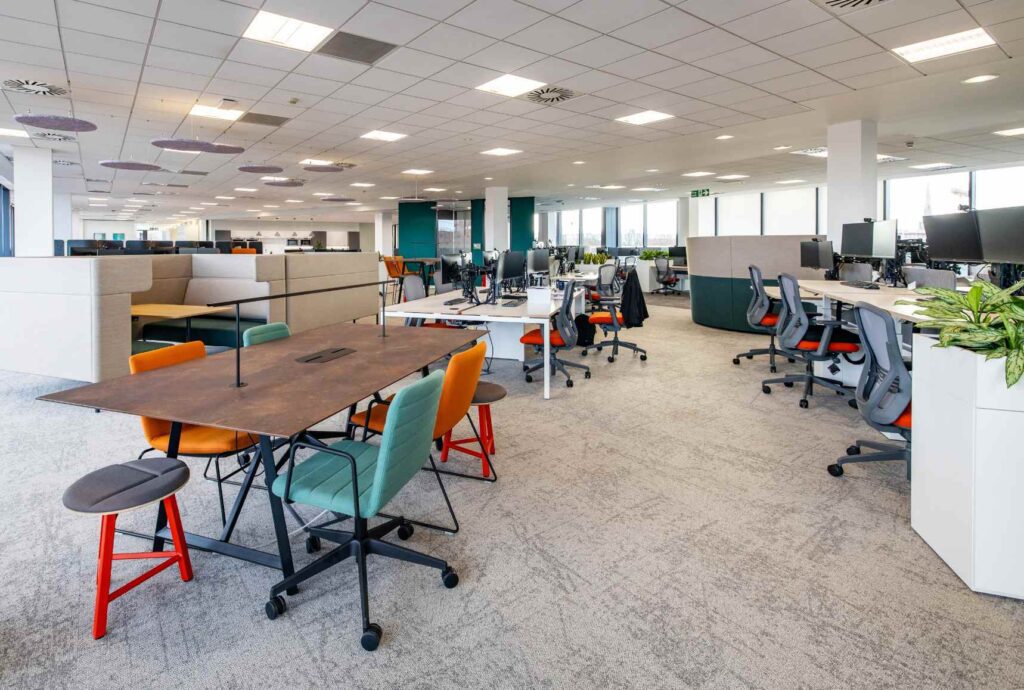
Scott Logic, The Lumen
Scott Logic was on the cusp of significant growth, and wanted a space to accommodate new employees without them feeling constrained. It was crucial that the office catered to multiple styles of working, as is to be expected in an agile workspace. Therefore, we split the space into several ‘team zones’ so people had the space they needed without feeling cut off from the rest of the team. Creative use of lighting creates a clear distinction between different zones, and each area has a dedicated focus room for solo working or brainstorming.
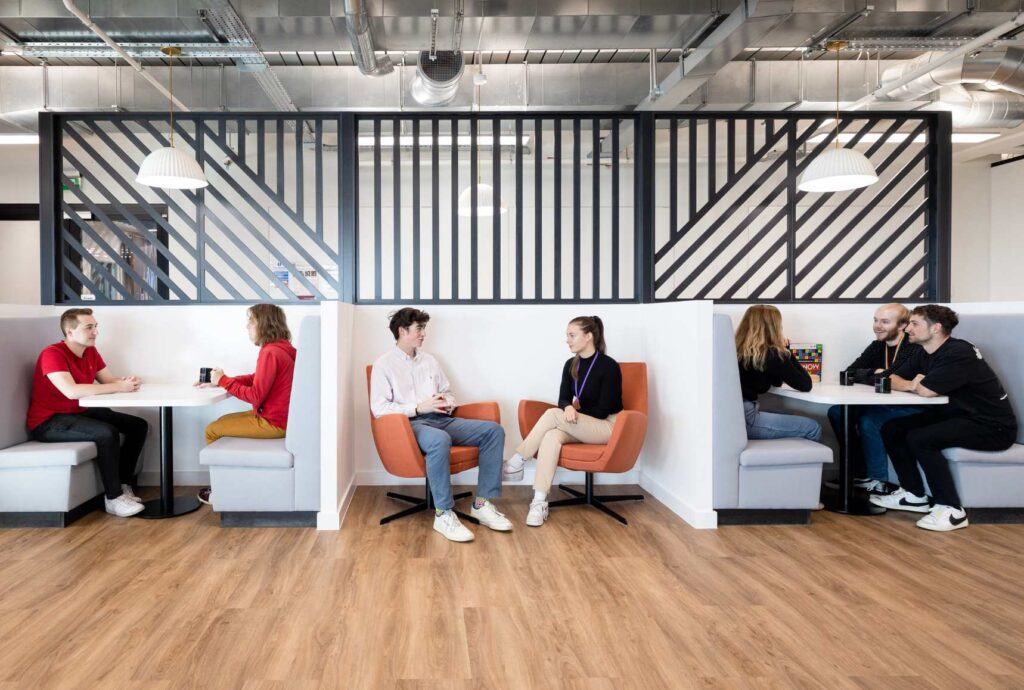
Want to team up with an office design and build company to help embrace agile working? Our team is on hand to answer any questions you may have. Get in touch at 01225 485 600 or why not schedule a chat with Charlie? We can’t wait to hear from you.
